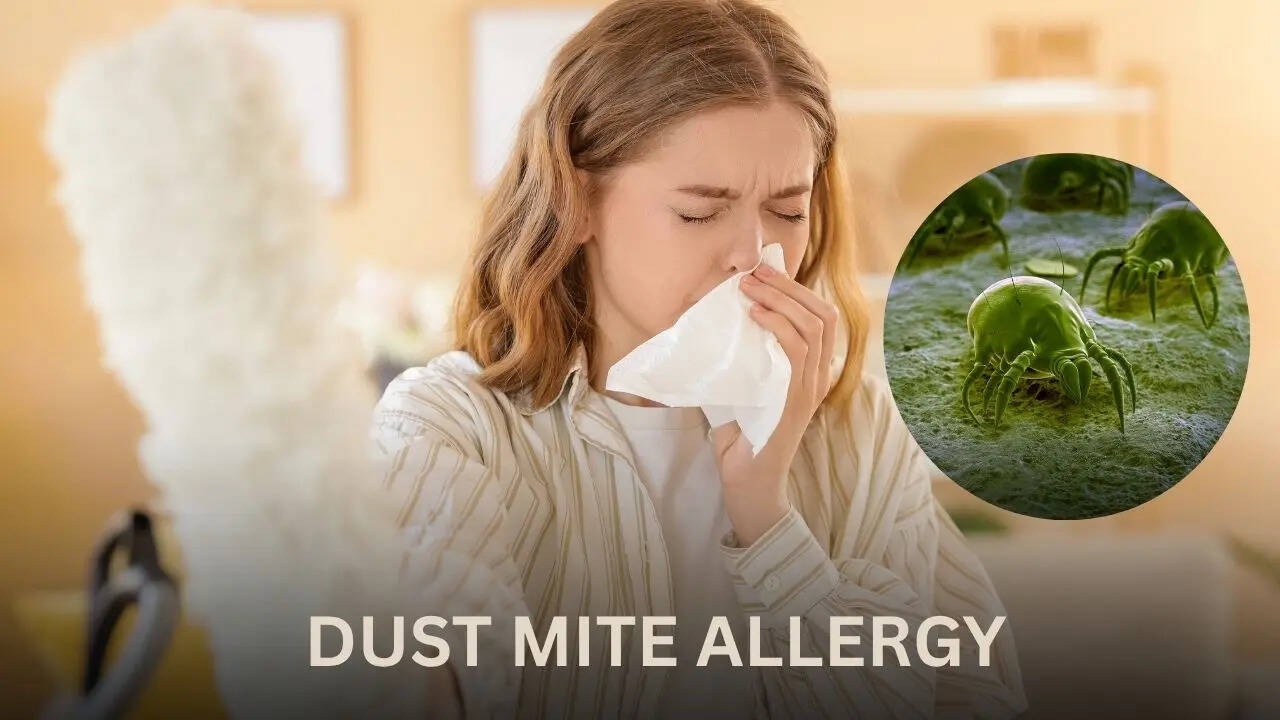Deep Cleaning On Diwali Can Lead To Dust Mite Allergy; Here's How To Stay Safe

Credits: Canva
SummaryDiwali is around the corner, and that means it’s time to get into deep cleaning. But did you know that this cleaning ritual can sometimes trigger a dust allergy, which can even lead to chronic health issues? Here’s everything you need to know about dust mite allergy.
End of Article
